Cultural Assets
Mandeoksa Temple Site
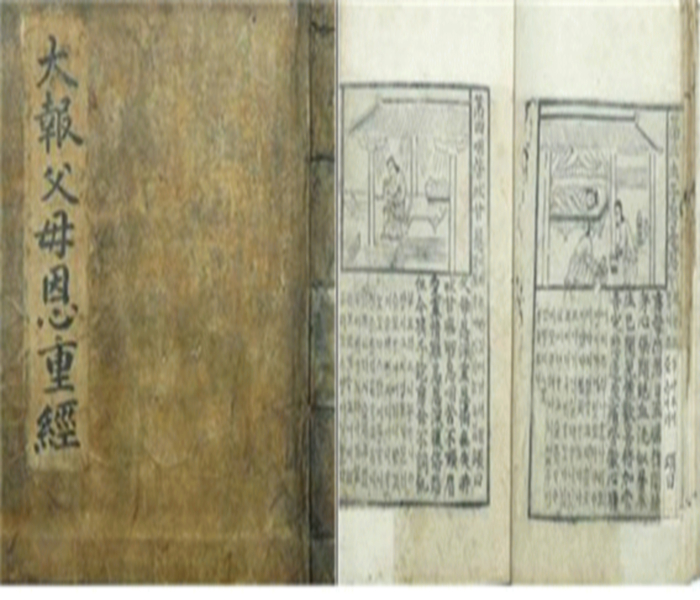
- AddressArea of 30 Mandeok-dong, Buk-gu, Busan
- SubwaySubway Line 3 Mandeok Station (Exit 2) → Walk for 15 minutes Take regular bus no. 46 → Get off at Byeongpungsa Tenple entrance → Walk for 5 minutes
The building site of Mandeok Temple from the Goryeo Dynasty located at Sanghaksan Mountain. According to a record in
Mandeoksa Temple Site Dangganjiju (flagpole site)
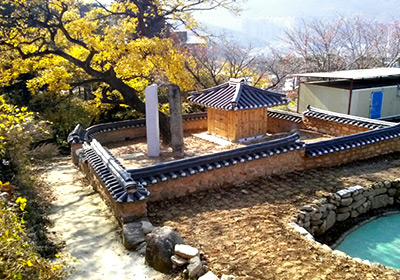
- Address784 Mandeok-dong, Buk-gu, Busan
- SubwaySubway Line 3 Mandeok Station (Exit 2) → Walk for 15 minutes Take regular bus no. 46 → Get off at Byeongpungsa Temple entrance → Walk for 5 minutes
Dangganjiju refers to a pillar that supports a pole erected to attach a large flag in front of a temple gate or in a courtyard. Mandeoksa Temple Site Dangganjiju is a stone pillar that is 40cm wide, 60cm long, and 3.5m high. Only one was left originally, but now the other is restored to form a pair. In addition, not only the size but also the fine, beautiful artistry such as the top drawn as an arc and a vertical line carved on the outside of the stone is considered an important attraction of Mandeoksa Temple Site.
Alter Rock
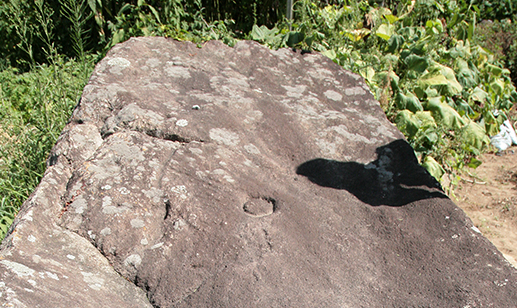
- Address784 Mandeok 1-dong, Buk-gu, Busan (Sagi Village, Mandeok-dong)
- SubwaySubway Line 3 Mandeok Station (Exit 2) → Walk for 15 minutes Take regular bus no. 46 → Get off at Byeongpungsa Temple entrance → Walk for 5 minutes
Alter ruins found in Sagi Village of Mandeok-dong. Referring to the traces carved on the rock, Alter is said to be a rock of prayer and wish for abundance, harmony of couples, and children. Mandeok's Alter Rock is 1.4m wide and 3.7m long. It has two concentric circles carved in, drawing the attention of the academe because its elaborate shape is close to a complete original form. In addition, there are only four Alter sites nationwide including Goryeong and Iksan, and Alter Rock in Mandeok-dong is a precious relic that can be found in Busan.
Seokbulsa Temple
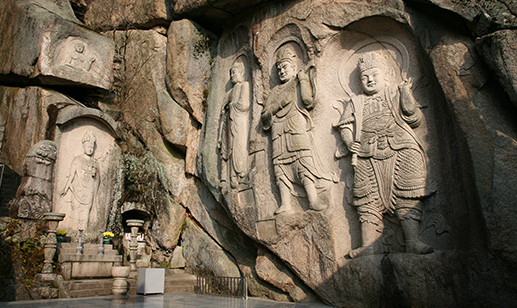
- Address143-79 Mandeokgogae-gil, Buk-gu, Busan (Mandeok-dong)
- Seokbulsa van service is run by the temple : Departs at 09:00, Mondays through Saturdays (no service on Sundays)
- SubwayDeparts in front of Seokwangho Internal Medicine at Subway Line 3 Mandeok Station Exit 4 (departs from Mandeok Tunnel 1 on the first and third of the lunar calendar)
Located at the foot of the south of Sanggyebong Peak of Geumjeongsan Mountain, this temple was founded in 1930 by Ilhyeon Sunsa Monk Cho Yong-seon Cho during the Japanese colonial period. It is famous for its beautiful scenery, which was picked by world-renowned travel magazine
Gupo Japanese Fortress
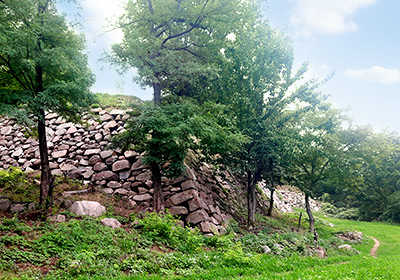
- AddressArea of San 93, Deokcheon 2-dong, Buk-gu, Busan (within Deokcheon Neighborhood Park)
- SubwaySubway Line 2 Deokcheon Station (Exit 10) → Walk for 10 minutes Take regular bus no. 15 or 59 → Get off at Guryongsa Temple → Walk for 5 minutes
A stone castle built by the Japanese military to connect Gimhae and Yangsan during the Imjin War caused by the Japanese Invasion in 1592. It was built by Takakage Kobayakawa and Muneshge Tachibana, who were Japanese generals at the time. Since it was the key point to look over Nakdong River during the war, you can still see the beautifully flowing Nakdong River by climbing the stone wall to the highest point of the castle. A relatively well-preserved fortress, the stonework remaining intact is used as data to study the construction method of Japanese-style castles.
Yuli Rock Shade Ruins (Shell Midden)
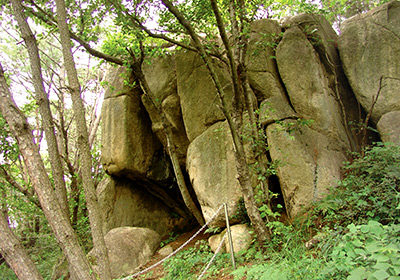
- AddressMiddle of Mt. Geumjeong, 24 Geumgok-dong, Busan
- BusTake regular bus no. 15 or town bus no. Buk-gu 3 → Get off at Yuli Station → Walk for 5 minutes
The oldest rock shade ruins preserving the late Neolithic Period where human traces can be found in Buk-gu. Since it is located on the mountain behind Yuli Village, you can encounter rocks that embrace the lives of the people of facility by walking along the trail. What is particularly noteworthy is the rock cave built overlooking Nakdong River, which seems to be the old housing site at that time as braziers, earthenware, and shells were found inside.
Gupo-dong Dang Forest
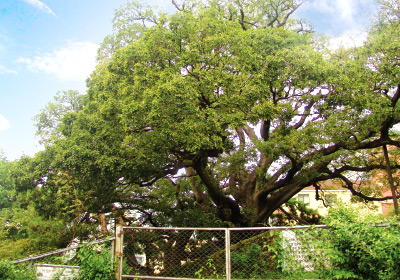
- AddressArea of 1206-23 Gupo-dong, Buk-gu, Busan
- SubwaySubway Line 2 Deokcheon Station (Exit 2) → Walk for 15 minutes
Designated as Natural Monument No. 309 in 1982, this forest is a place to pray and wish for the well-being of the village and abundant fishing. At the center of it is a large tree with height of 17m and circumference of 5.5m generously brooding the village, considered to be the oldest tree in Busan at 600 years old. Several pine trees and a temple stand along with Hackberry Trees. Every 15th of the lunar calendar (Jeongwol Daeboreum), a chief priest is selected from the villagers to hold an ancestral ritual and pray for peace in the village.





